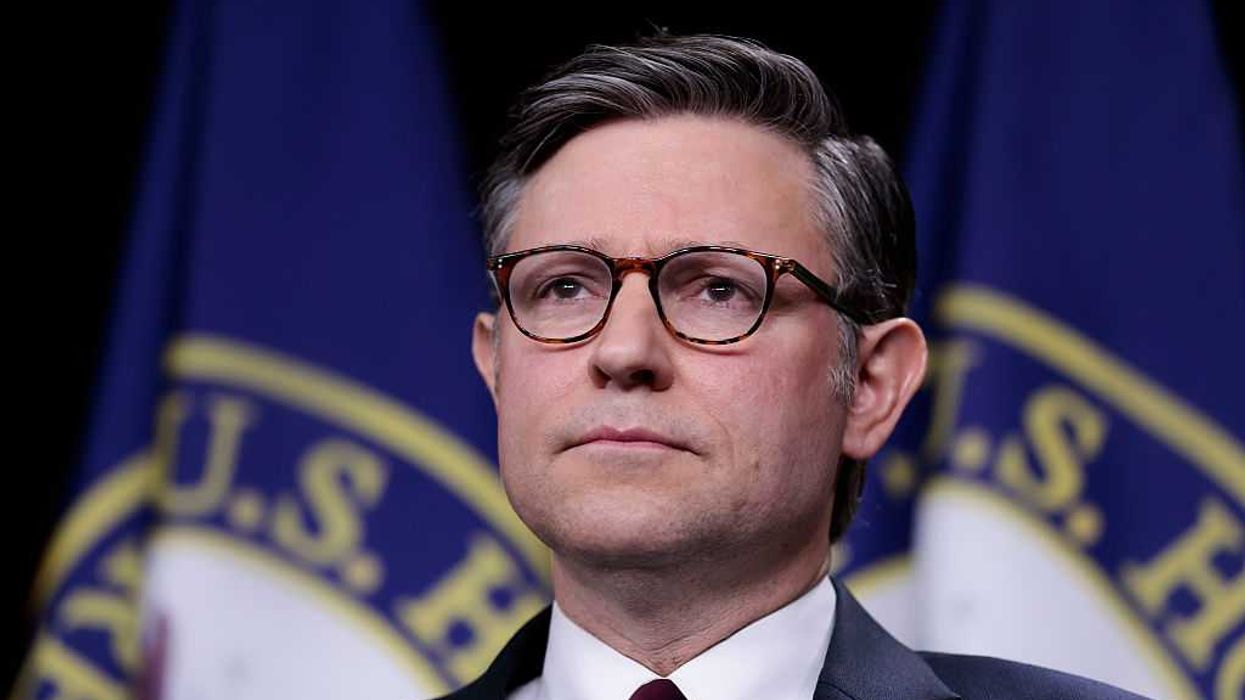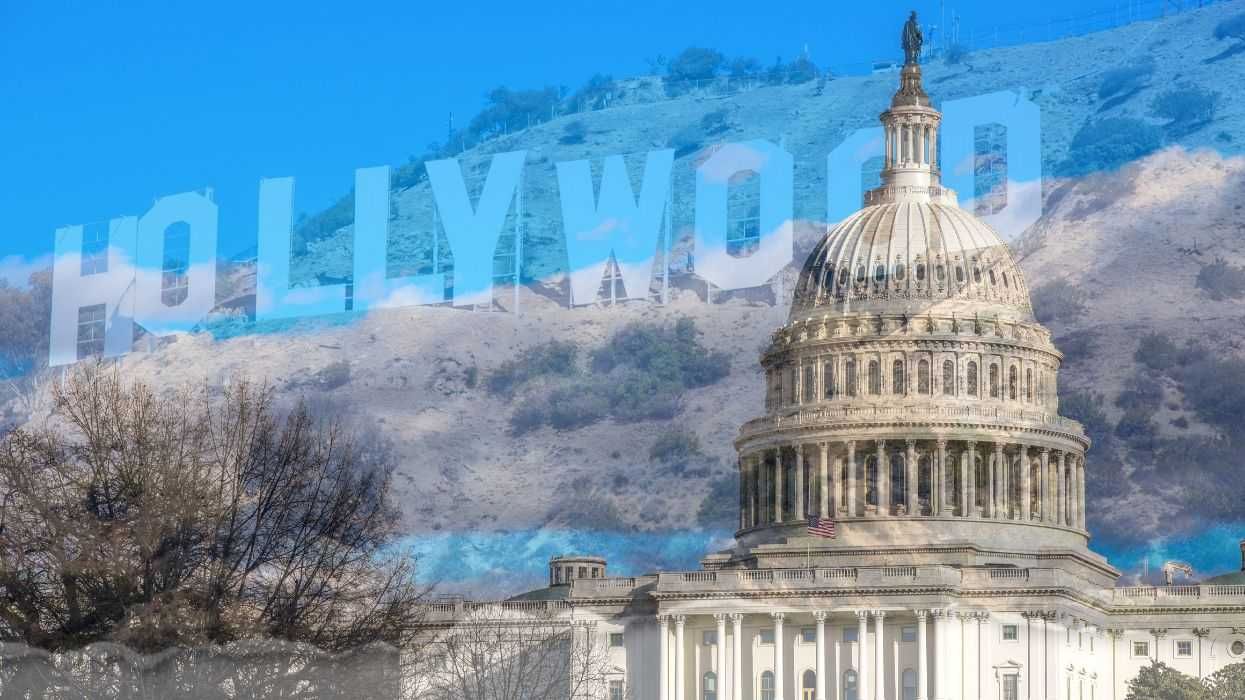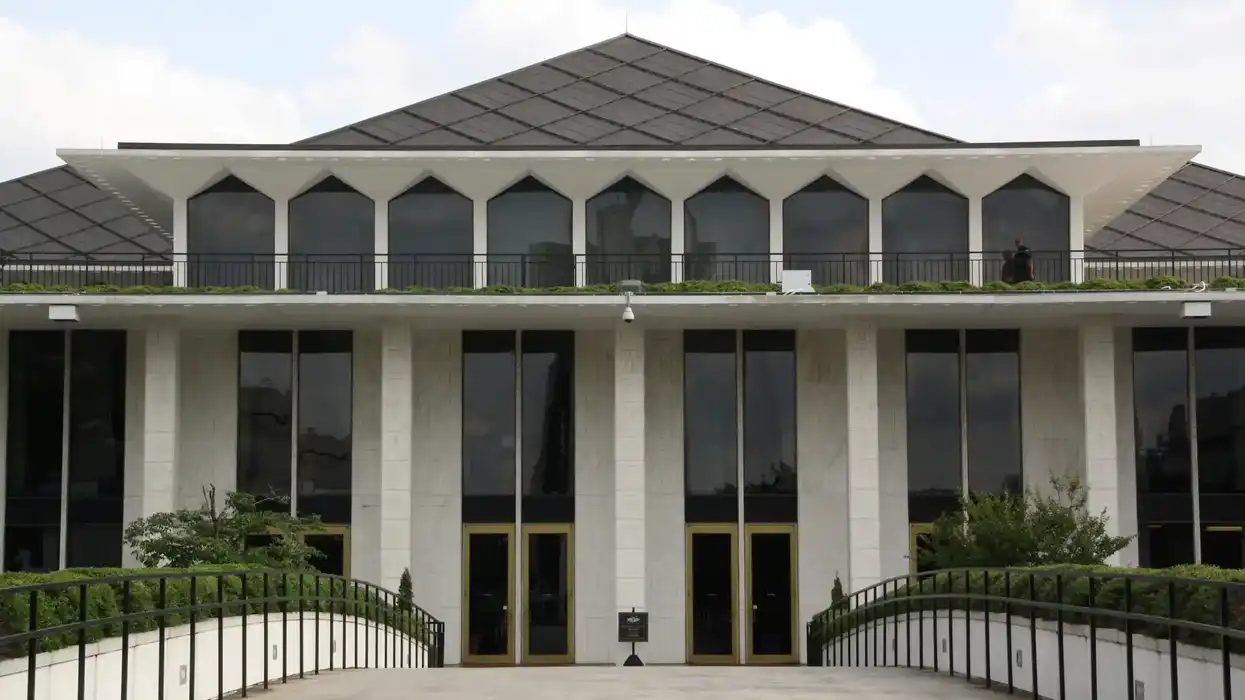Term limits for Supreme Court Justices have been proposed as a way to make the Court more representative of the partisan makeup of the country. In this episode of You Don’t Have To Yell, Suzanna Sherry, Professor of Law at Vanderbilt University, explains how this would result in more partisan judges, more partisan rulings, and legal instability.
Podcast: Should Supreme Court Justices have term limits?




















